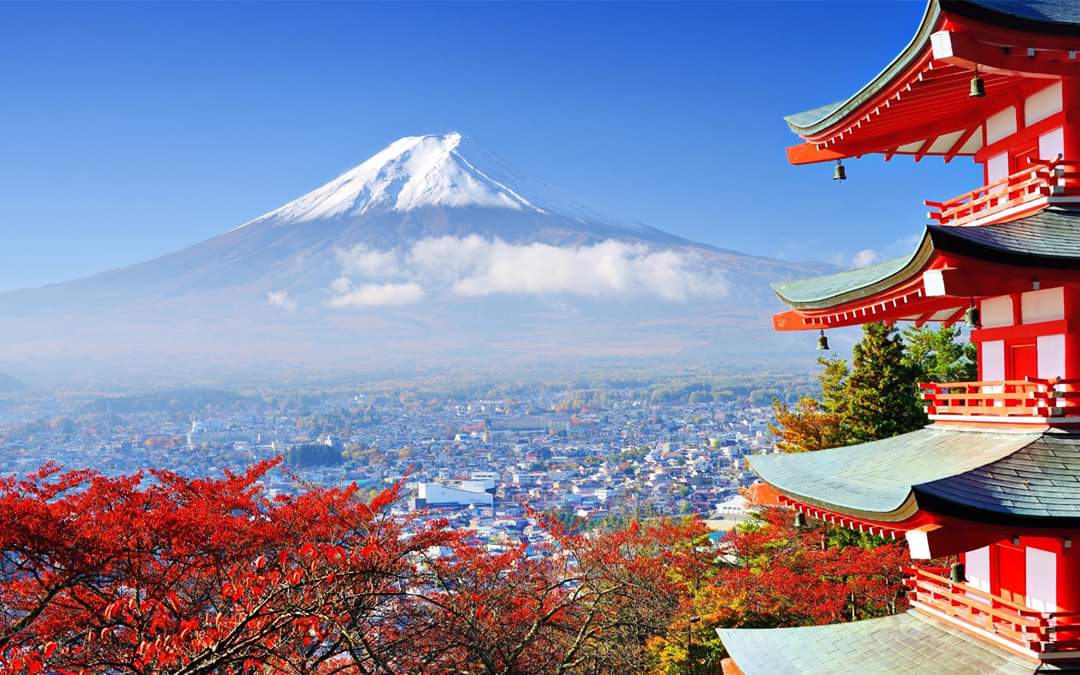-Jessica Dawdy
It’s been more than 150 years since Japan opened its ports to the Western world after centuries of isolation, yet some things about it still mystify us. Here are 12 things you probably didn’t know about Japanese culture.
1. Omiyage Are More Than Souvenirs.

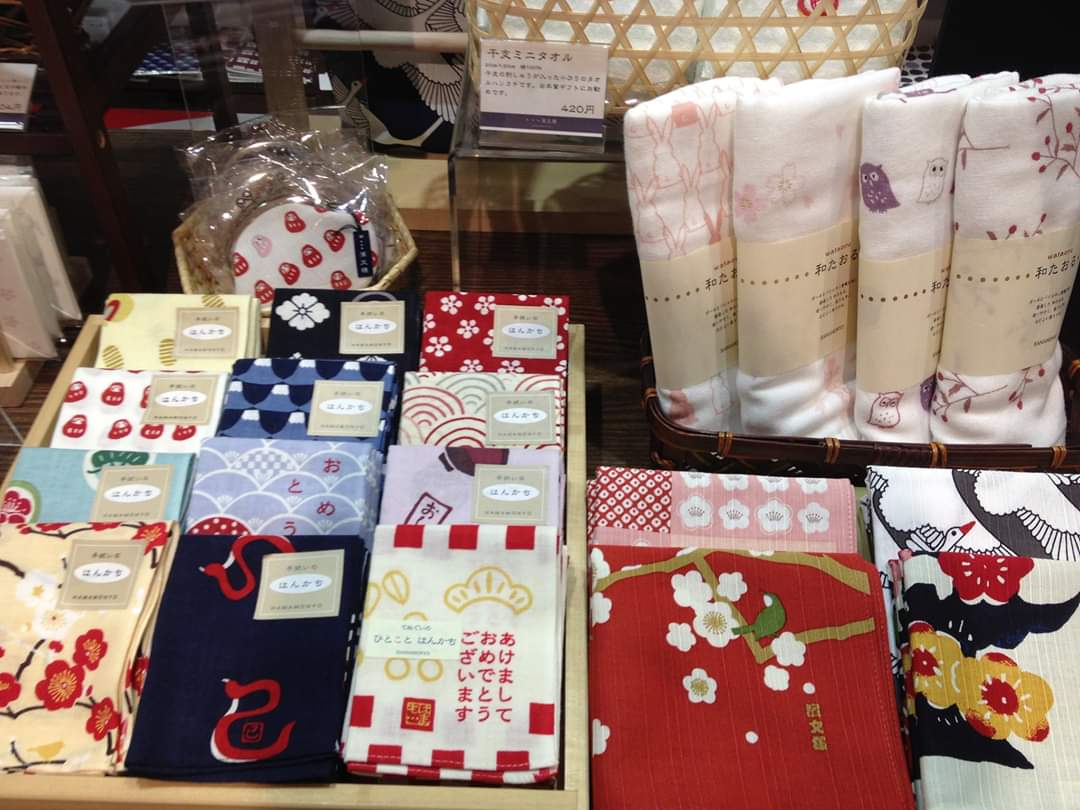
The term ‘omiyage’ is often translated as ‘souvenir’ in English, but omiyage are much more than that. Unlike souvenirs, which people often buy for themselves, omiyage are something people bring back for their friends, family and co-workers after a trip. Omiyage are typically speciality foods from different regions, which are packaged in beautiful brightly colored boxes with the food items individually wrapped inside for easy sharing. While bringing back souvenirs in the West is a nice gesture, in Japan, bringing omiyage after a trip is an expectation.
2. Christmas Is A Romantic Holiday.

Christians only make up about 2% of Japan’s population, so Christmas is more of a novelty in Japan than a religious holiday. Elaborate light displays and Christmas trees are common, but most people celebrate on Christmas Eve rather than Christmas Day. Furthermore, Christmas Eve is considered to be more of a date night, similar to Valentine’s Day, with couples going out for fancy dinners and exchanging romantic gifts.
3. There Are Cues For Your Shoes.
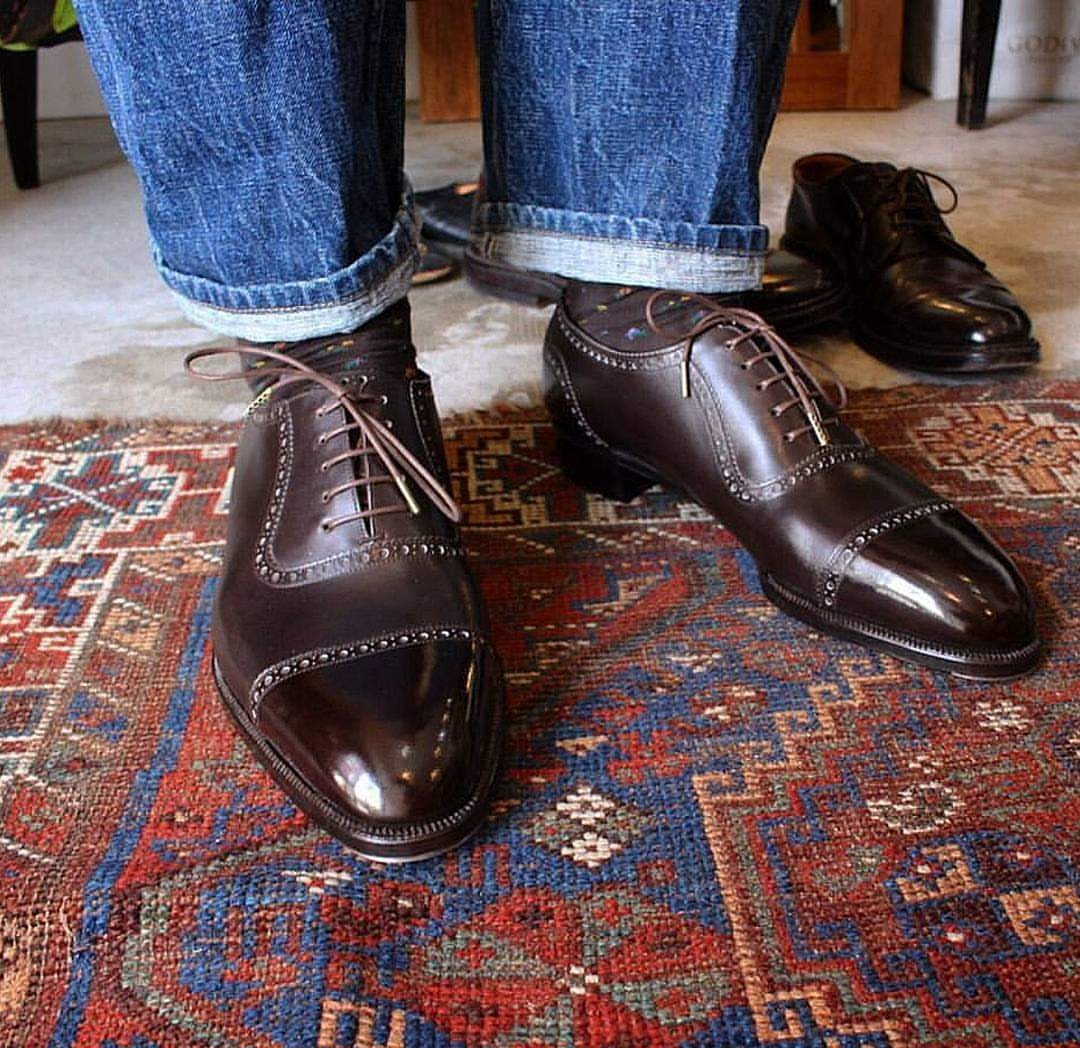
You might know that it’s polite to take your shoes off when entering someone’s home in Japan. But it can be difficult to tell if you’re supposed to take them off in many other buildings, such as temples, shrines, and restaurants. Fortunately, there are a few cues to look for, such as if slippers are set around the entrance, it’s a clear indication that guests should take their outdoor shoes off and put the slippers on instead. Additionally, if the floor is raised at the entrance, it means guests should take their shoes off in the doorway before stepping inside and onto the raised surface.
4. Japanese Women Used To Blacken Their Teeth.
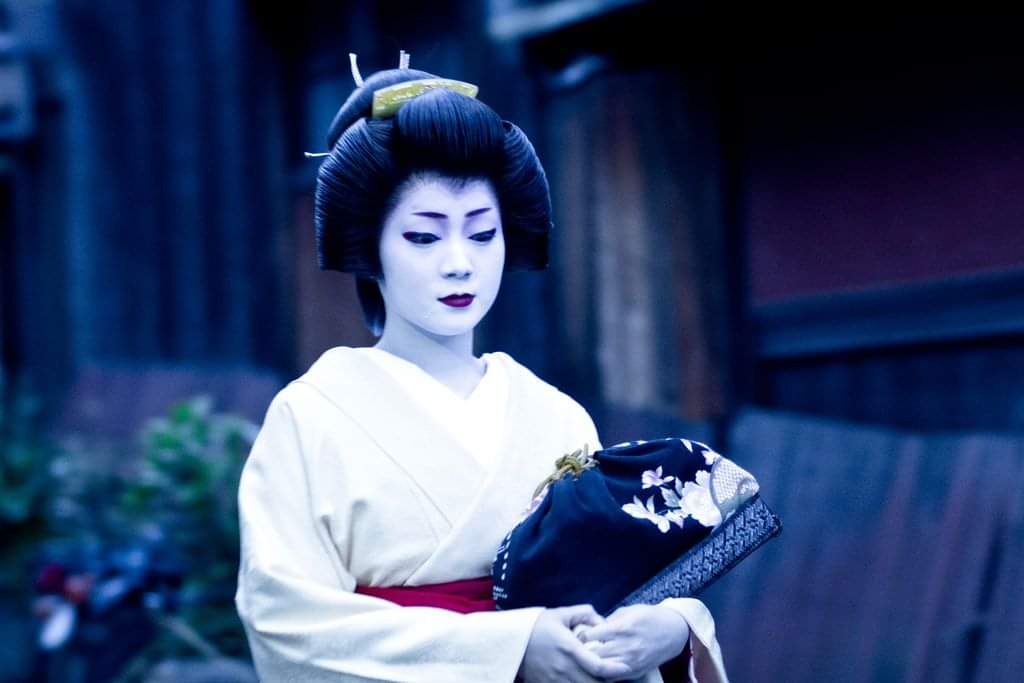
For centuries, tooth blackening, known as ohaguro, was a common practice for Japanese women, particularly married woman and geishas. In addition to being considered attractive, this practice was also believed to help protect the teeth against decay and other dental issues. Women would apply various substances to their teeth, such as mixtures of tooth wax and ink, to maintain their black appearance. The practice was banned beginning in the late 19th century, in an effort to modernize Japan and make its culture more appealing to Westerners.
5. It’s Rude To Eat Or Drink While Walking.
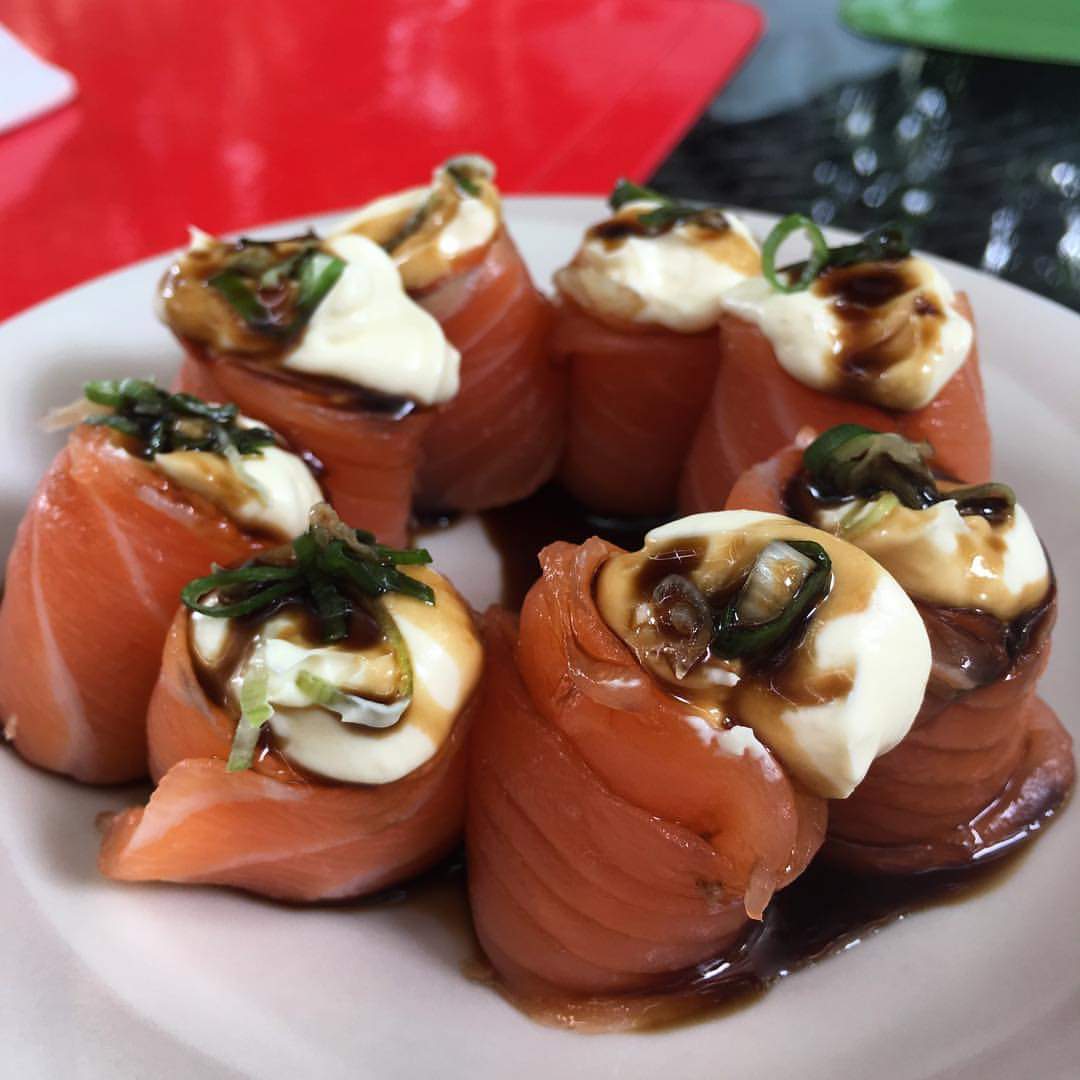
It’s pretty common to see someone eating a bag of chips or sipping coffee while walking down the street in Western countries, but this is not the case in Japan. While it isn’t considered quite as rude as it used to be, eating or drinking while walking is still looked upon as low-class behavior. When most Japanese people buy food or drink from a vending machine on the street, for example, they’ll consume the whole thing while standing beside the machine to avoid walking with it.
6. Baseball Is Extremely Popular.

Sumo may be Japan’s national sport and the one people most often associate with the country, but baseball is actually its most watched and played sport. It was introduced to the country during the Meiji Period and gained huge popularity thanks to the heavy American presence in Japan after World War II. Japan has two professional baseball leagues, as well as countless high school and university leagues across the country. Japanese baseball games are particularly notable for their fervent cheering sections, with people singing fight songs and participating in organized cheers continuously throughout most games.
7. Chopstick Positions Have Meaning.
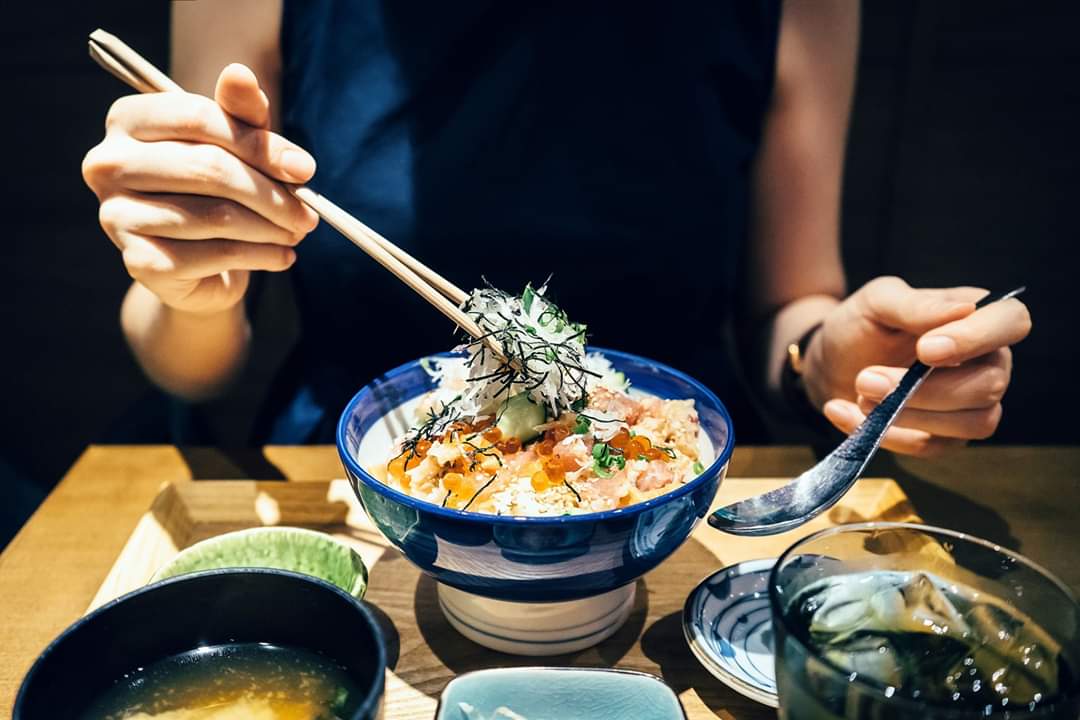
When you’re dining in Japan, it’s important to never stick your chopsticks into your food to rest them when you’re not eating. This actually resembles a ceremony performed at funerals in Japan, and it’s considered to be a bad omen. For the same reason, it’s also taboo to share food with others by passing it chopsticks to chopsticks. If you want to share, use your chopsticks to place the food on the other person’s plate.
8. Eating Horse Meat Is Common

Horse meat has been consumed in Japan since the late 16th century. Its use in cooking increased significantly in the 1960s, as the role of horses in agriculture and transport diminished. Raw horse meat, known as basahi, is commonly served in restaurants. It is typically eaten with grated ginger and sweet shoyu. It’s nicknamed sakura niku (cherry blossom meat) for its pale pink color.
9. The First Geisha Were Men.
Geisha actually means ‘person of the arts’ and the first geisha were men, who advised feudal lords in addition to entertaining the court with various artistic performances and stories. Female geishas began entertaining in the late 18th century and were originally known as onna geisha (woman artist). Female geishas became extremely popular, outnumbering males less than 25 years after their first appearance.
10. Everyone Pours For Each Other.
When groups are drinking together and sharing a bottle, such as sake, at the table, it’s polite for people to refill each other’s glasses rather than pouring their own drinks. Wait for someone else to top up your glass when it’s empty, and keep an eye on everyone else’s glasses, because they’ll be waiting for you to refill them. If you don’t want to drink any more, then simply leave your glass full.
11. There’s A Proper Way To Appreciate Bonsai.
You may know that bonsai are potted miniature trees that are artistically styled. The trees are styled to be beautiful and aesthetically pleasing while also mimicking how the tree might look in a larger form out in nature. It is, therefore, unsurprising that after looking at the bonsai’s overall appearance, viewers are meant to lower their line of sight to the same level as the tree. To properly appreciate bonsai, viewers should try to imagine themselves being small as they look at the tree, so they can imagine how it might look in its natural environment.
12. Slurping Is A Compliment.
For a country with so many strict etiquette rules, it comes as a shock to many Westerners that slurping noodles or soups while eating is perfectly acceptable in Japan. In fact, slurping isn’t just acceptable — it’s actually encouraged. It’s considered to be a sign that the food is delicious, and it’s a compliment to the cook. It makes it easier to eat the noodles quickly while they’re still hot, which is said to be the best way to appreciate their flavor. Slurping can also minimize messiness, helping to prevent broth from spilling on your clothes as you eat.
Related posts
Brit Awards | Asake, Burna Boy And Other ‘New Cats’ Get Nominations
Nigerian singers Burna Boy, Asake, and Rema have been nominated for the 2024 Brit Awards. The nomination list for the annual music awards show was released on Wednesday 25, January 2024. Burna Boy and Asake made the ‘Best International Artiste’ category, while ‘Calm…
Brit Awards 2024 | The Full List Of Artist(e)s
This year’s Brits nominees have been revealed ahead of the ceremony in London in March. Dua Lipa is the first star confirmed to perform at the event – but how many awards is she up for? Musicians including Raye, Central Cee, J Hus and Blur are also…
The Miss Universe-Greatest Celebration of Women
-SOFIE ZERUTO The Miss Universe Organization is a global, inclusive of organizations that celebrates all cultures, backgrounds and religions. It creates and provide a safe space for women to share their stories and drive impact personally, professionally, and philanthropically. The women who participate in this…
All Africa Music Awards; Categories and Regions
-MUSIC IN AFRICA All Africa Music Awards (also referred to as AFRIMA) is an annual awards event. The awards event was established by the International Committee AFRIMA, in collaboration with the African Union (AU) to reward and celebrate musical works, talents and creativity around the African continent while promoting…
Top 10 Cryptocurrencies To Invest in January 2024
-Michael Adams From Bitcoin and Ethereum to Dogecoin and Tether, there are thousands of different cryptocurrencies, making it overwhelming when you’re first getting started in the world of crypto. To help you get your bearings, these are the top 10 cryptocurrencies based on their market…
The Risk And Reward Of ChatGPT In Cybersecurity
Juan is an experienced CTO with a demonstrated history of working in the computer and network security industry. He is an information technology professional skilled in SAP and Oracle applications, computer forensics, vulnerabilities research, IPS/IDS and information security. Unless you’ve been on a retreat in…
Explained – History Of Money From Fiat To Crypto
What is money? Money as a concept has been a cornerstone of human civilization and economic development. To start with the latter, money is a method of storing value and worth, and it also functions as a medium of exchange that allows individuals to exchange…
Studies Show That Nigerian Crypto Foreign Investment Is At A Record Low
Foreign direct investment in Nigeria fell by 33% last year due to a severe shortage of dollars, which discouraged crypto companies from expanding into the country. The largest economy in Africa has a foreign investment problem despite exponential growth in crypto adoption. The National Bureau…


